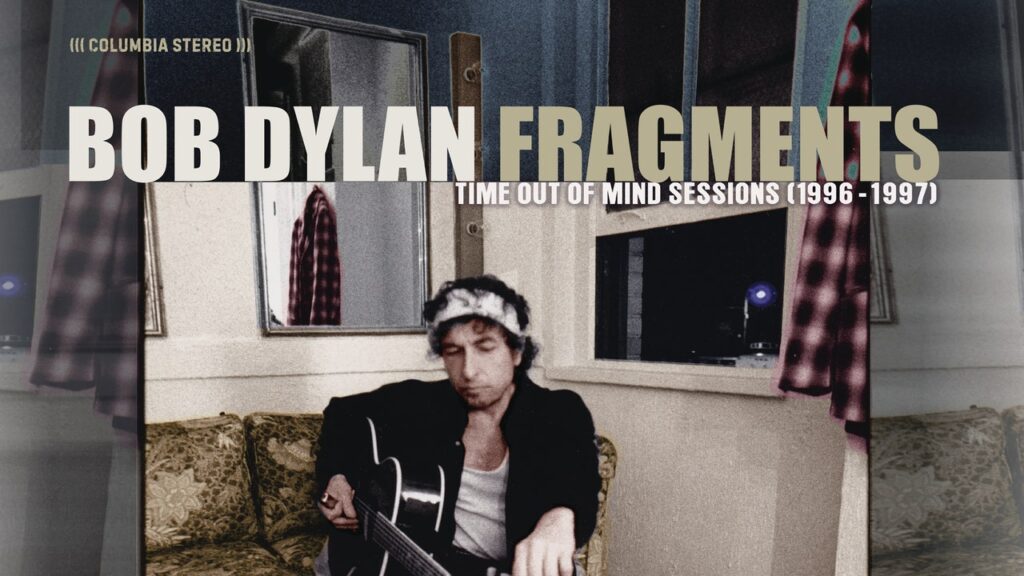
But Dylan, predictably, wasn’t settling in. He couldn’t work this close to his home and his family, which, by now, included six children and multiple grandchildren. They decamped instead to Criteria Studio in Miami, a space with a hallowed history (Aretha Franklin’s Young, Gifted and Black, the Allman Brothers’ Eat a Peach) and the ambiance of an airport security detention center. Lanois, shrugging, packed up all of his priceless tube microphones and moldering tape loops and relocated without complaint to this concrete box. But it was the beginning of a split between the two that would define and nearly overwhelm the sessions. The two stubborn visionaries seemed destined to remain at loggerheads. Lanois rarely spoke to Dylan before and after takes, and entire days unfolded in icy, uncomfortable silence.
Dylan, meanwhile, seemed determined to complicate things as much as possible. He reportedly felt haunted by Buddy Holly, and in tribute, he created his own ghostly version of the Crickets, pulling from his touring lineup, session-player royalty, and beyond. All in all at least 12 musicians found themselves crowded in Criteria, with Bob Dylan as their bandleader (“Two of everything, like Noah’s Ark,” marveled pedal steel guitarist Cindy Cashdollar). Dylan would try songs out in different keys, abruptly switching in the middle and expecting the band to remap their own chord progressions without a moment’s hesitation. The playbacks were a disaster, musicians crashing audibly into one another as they struggled to adapt. Lanois, listening with Howard, knew that he might only have a few shots at catching each song before his tempestuous leader grew bored and moved on, so he ordered musicians to simply not play if they couldn’t navigate the changes.
Whatever else was happening in the studio, the musicians achieved a rambling, spacious, loose cohesion. Guitar lines seem to be on the verge of wandering entirely out of sync with the drums only to fall in on beat with a satisfied breath. These are not driving rock numbers, and yet they were three or four drum kits rolling away at any point. The music came on like a big, black thunderhead, rolling forward with guitar echo merging into a clatter of drums.
The unreleased outtakes on Fragments reveal some of the extraordinary moments they littered along the path. On Disc 2’s take on the folk standard “The Water Is Wide,” Dylan leans into the performance as if he might reach out and touch the shoulder of his beloved. It’s as devoted as he ever sounded, and behind him, Garnier and Mangurian play so subtly and understated they register as lighting. Disc 5 gives us the original haunting take of “Can’t Wait” that raised Howard’s arm hairs: Over a hard backbeat, Dylan’s block piano chords and impressively tasty riffing from Lanois, Dylan chews the scenery with the unhinged glee of a Shakespearean actor let loose in a Hollywood blockbuster. The song is mesmerizingly dark, but hearing Dylan bite down with panther’s teeth on “I’m getting old,” it’s easy to conclude that he was feeling nothing but the opposite.
